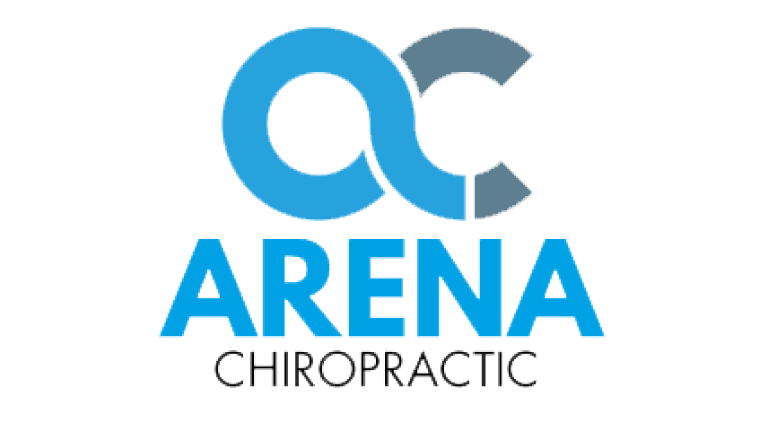Chiropractic Treatment Can Relieve Your Tendonitis Symptoms
Tendonitis pain can linger for weeks or months after you first notice the pain. Fortunately, chiropractic treatment offers an effective way to speed healing and reduce your pain.
Tendonitis Symptoms
Tendonitis occurs due to inflammation in a tendon, a tough cord that connects a muscle to a bone. The condition can affect any part of your body and is known by different names depending on its location. Tennis elbow, golfer’s elbow, pitcher’s shoulder jumper’s knee, and trigger finger are common types of tendonitis, as are biceps, triceps, Achilles, thumb, and rotator cuff tendonitis.
Symptoms of tendonitis include:
- Pain that may extend into your arm, leg, or another area of your body
- Swelling
- Stiffness
You’re more likely to develop tendonitis if you participate in a sport or activity that involves repetitive movements. Golf, tennis, baseball, basketball, cleaning, painting, and gardening can strain the tendon, making it more likely to become inflamed. If you have poor posture or work in a job that requires twisting your body into unnatural or uncomfortable positions, your tendonitis risk may be higher.
Age can also be a factor in tendonitis. As you get older, your tendons become weaker and stiffer and can’t handle activity the same way they once could. Even if you haven’t changed your habits or activity level, you may still develop tendonitis simply due to your age.
Tendonitis can even be related to your use of digital devices. “Smartphone tendonitis” can affect tendons in the thumbs and wrists, according to the American Academy of Orthopaedic Surgeons.
How Chiropractic Treatment Can Help You
Chiropractic treatment offers several important benefits for tendonitis, including:
- Reduced Inflammation: Inflammation in a tendon could be related to a subluxation, a problem that occurs when vertebrae in your spine become misaligned. Misalignments increase tension on muscles and tendons, increasing your risk of developing an inflamed tendon. Once inflammation occurs, it may not get better unless normal alignment is restored. Your chiropractor realigns your spine with spinal manipulation, a treatment that uses quick, hands-on pressure to move the vertebrae into the proper alignment.
- Improved Range of Motion: Spinal manipulation, soft tissue mobilization, massage, and other chiropractic treatments decrease stiffness, making it easier to move the injured part of your body. Treatments also break up scar tissue that can restrict the movement of your joints. Improving range of motion in nearby joints may ease your tendonitis symptoms and prevent a recurrence. For example, your Achilles tendon can be strained if the bones in your ankles or feet don’t move freely.
- Diagnosis of the Cause of Tendonitis: If you don’t know why you have tendonitis, you may be more likely to develop the condition again. Your chiropractor can determine if a muscle imbalance may be to blame for your symptoms, as overworked muscles can become inflamed more easily. Overdeveloping one set of muscles may mean that other muscles become weaker and less able to support your tendons adequately.
- Muscle Strengthening Exercises and Recommendations: If your chiropractor determines that an issue with your muscles has caused or contributed to your condition, he can recommend exercises that will help you use all of your muscles equally. He or she will also teach you exercises that will strengthen your tendons and muscles. If tight muscles are to blame for tendonitis, you’ll receive information about exercises and habits that help keep your muscles loose.
Are you struggling with tendonitis symptoms? Chiropractic treatment can help you ease your pain naturally. Contact our office to schedule an appointment.
Sources:
American Academy of Orthopaedic Surgeons: Smartphone Tendinitis: An Emerging Problem
American Chiropractic Association: Tennis Elbow Treatment, 4/27/16





